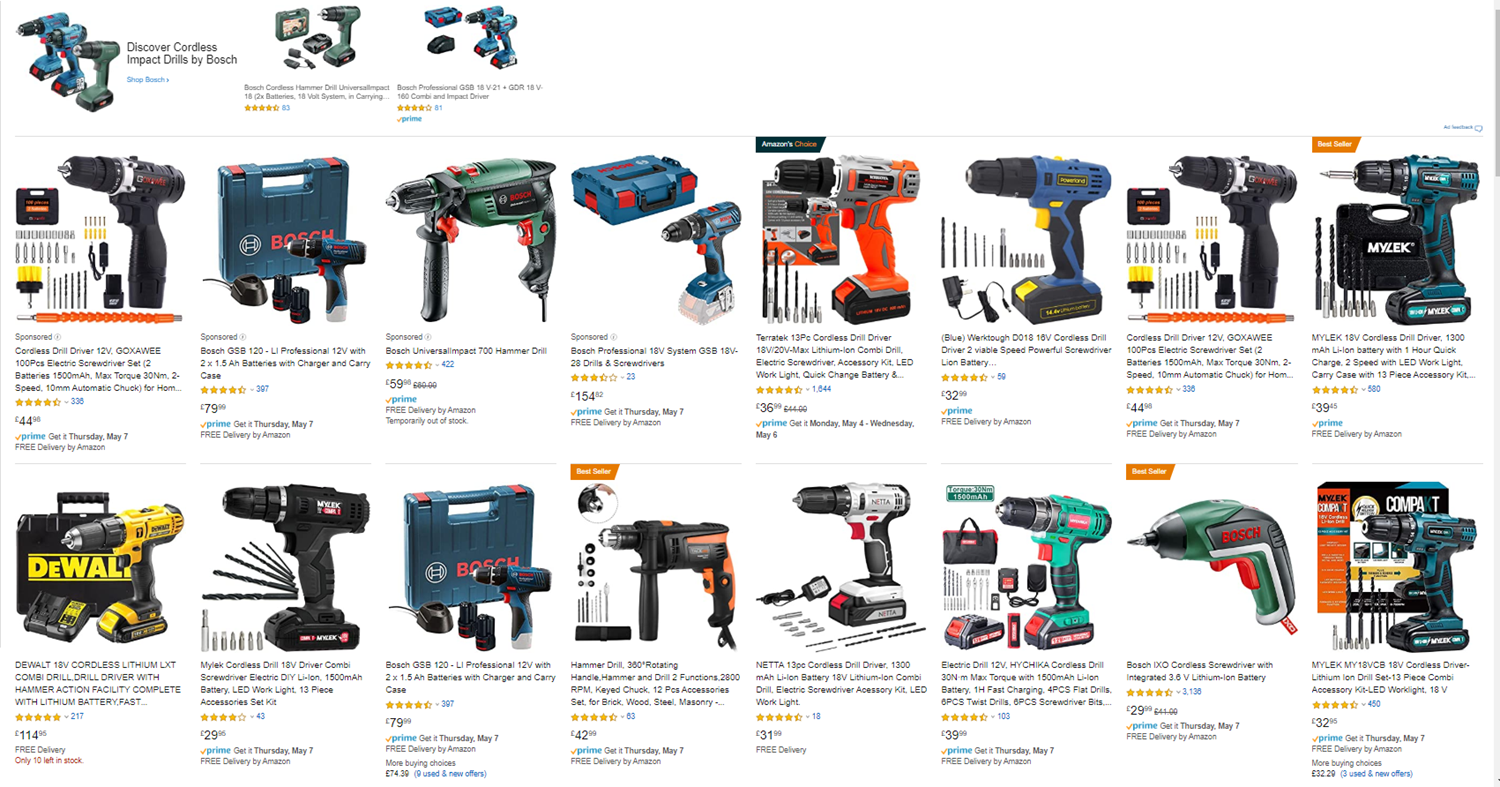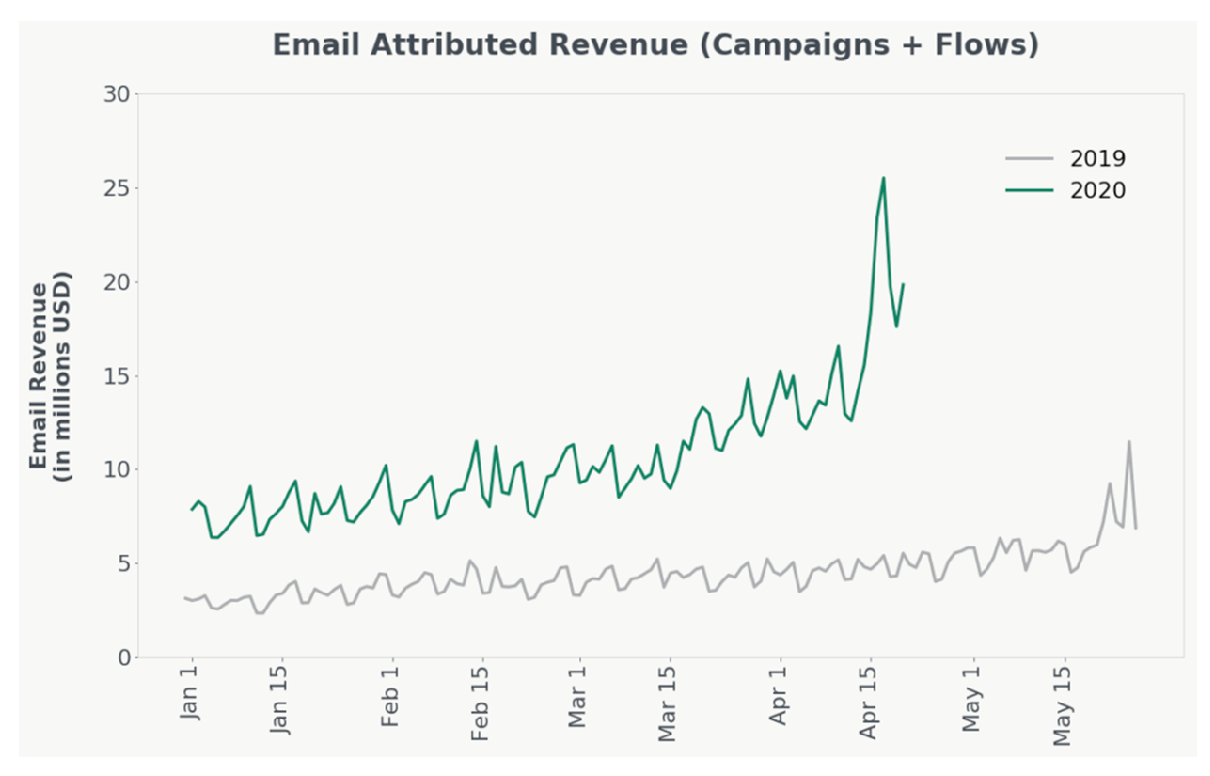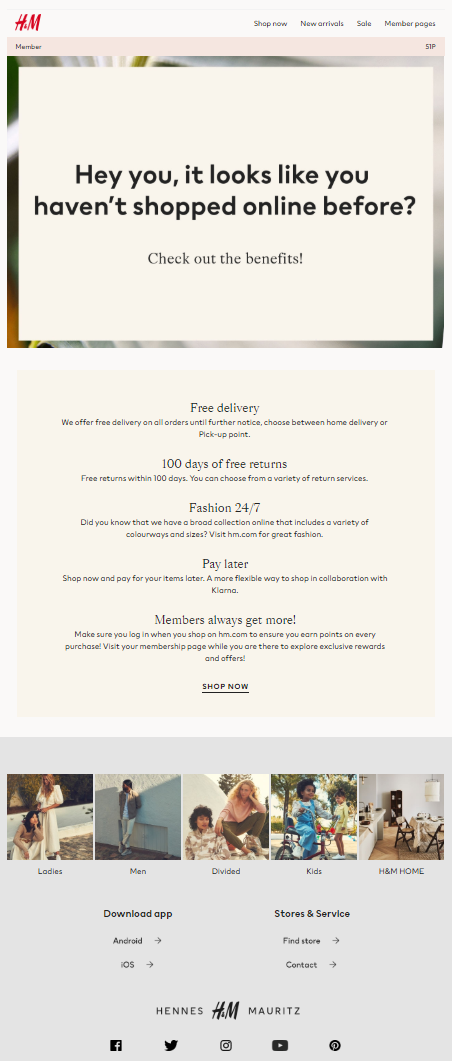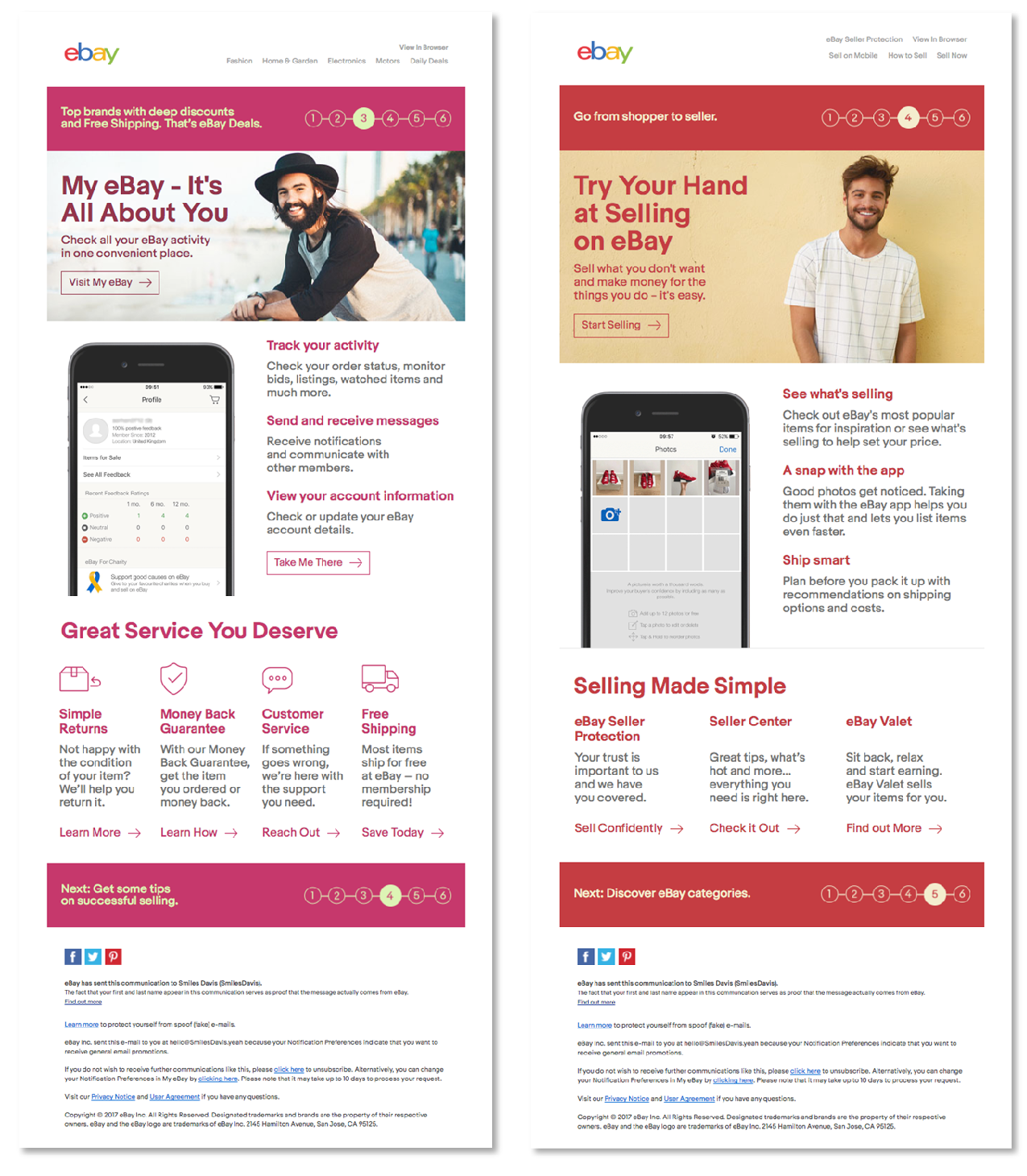Adapt or Die: Encouraging Loyalty
We are living in unprecedented times….. no scrap that…. That’s how every blog post or notification seems to start nowadays doesn’t it?! And actually, how unprecedented is the time we are living in?
We’ve seen global (or near global catastrophes) before, whether health related or war related, and as a society we have adapted, changed and moved with what’s happening. We have to! Adapt or die. Literally in some cases! (now that’s a cheery thought, eh?!).
But what we do have now that we’ve never had before is access to technology – to stay in contact, to conduct business… to reach out across the world and help, educate, inspire and innovate.
How we adapt is changing though with access to this technology; the world has altered and is continuing to move around us, and our behaviour is adapting as well.
Consider this… how many of you in recent weeks have used supermarkets you’d never have used before because you were firmly loyal to your usual supermarket? Or you’ve changed from your usual takeaway outlet because your normal choice isn’t currently serving? Or you’ve bought other essential (or non-essential items!) because the first place you usually look for those items is closed or can’t deliver?
And actually, in some cases you may have found that you liked these new options (options you may not have explored previously due to not knowing about that other company or because you were fiercely loyal to your current brand) and now you wonder if you will or should go back to your normal behaviour once this is all over? Perhaps you saved some money, experienced a better service or found a better product selection elsewhere.
Loyalty was starting to be eroded in some ways even before COVID-19 hit
Think about the way we shop on amalgamated stores such as Amazon. We are becoming less product brand loyal and more service and selection orientated; who will give us the best service, price and choice in one place?
Let’s take the example of buying a drill on Amazon:

The first 4 listings are sponsored and unsurprisingly three of the four slots are taken up by ‘Bosch’ branded drills – a brand with, you’d assume, a relatively big budget for marketing. Move your eye to the organic listings and the first four are brands I’ve never heard of (maybe if you’re a drill enthusiast you would have done, but not being one, I certainly haven’t heard of them), and one of these is listed as ‘Amazon’s Choice’ and another one a ‘Bestseller’.
 Now, I’m certainly not an Amazon expert, but I believe when it comes to the order with which products are shown, Amazon SEO comes in to play (keywords) along with a ranking based on purchase likelihood; an algorithm that takes into consideration a whole world of data including number of sales, CTR, reviews, traffic, price, inventory levels and much more.
Now, I’m certainly not an Amazon expert, but I believe when it comes to the order with which products are shown, Amazon SEO comes in to play (keywords) along with a ranking based on purchase likelihood; an algorithm that takes into consideration a whole world of data including number of sales, CTR, reviews, traffic, price, inventory levels and much more.
But, the point is that our loyalty has shifted – we use Amazon, not because we are loyal to them as a brand but mainly because it’s easy to use, quick (you can buy items with literally a couple of taps on your phone), and has a wide selection that is served up to you in a way that highlights the ‘best’ options (like standard SEO results, the chances of a product being bought outside of the first page of results diminishes exponentially).
(Image Source: https://sellics.com/blog-amazon-seo/)
The classic drivers of loyalty are both conscious and unconscious
These drivers still apply…

As smaller or non-amalgamated brands, we have to delve deeper into these classic drivers of loyalty - some of which are hidden in the unconscious - people may like a brand and be very faithful to it without really knowing it is because the brand makes them feel like they belong to a group of like-minded people (the difference between supermarkets often falls into this for example). Creating a feeling of community is a key element that can help brands increase customer loyalty – reviews for example can also help with this, hitting on the psychology of consensus and social proof.
Loyalty is at its strongest when a brand reflects the consumer’s life values back to them.
We’re moving to a shifting loyalty based on empathy (how does the brand connect to how you are feeling about the current situation – how human are they?), accessibility (can they deliver…. Literally?!) and of course, price; supply and demand principles are rife and many smaller, independents selling on the likes of Amazon and eBay, are hiking prices exponentially and causing a backlash of negative sentiment – no good for ongoing loyalty…. But do they care? No, because people don’t actually know their brand in many cases, they’re buying a one-off product from that vendor.
We have to throw in how our basic needs shift in times of turbulence too – whilst normally, as adults we usually work on the top three sections of Maslow’s Hierarchy of Needs (knowing that the first two are standard in most people’s lives). But right now, in the middle of the crisis, we are heavily entrenched in in just the first two – cut off from friends, family, the freedom to roam etc.

And this is impacting the way we are interacting with brands, first and foremost, we are shopping for need – food, medical supplies. In the initial weeks we worried about our jobs (and still do for many) and how to pay our mortgage and rent; hence the announcements from the UK government (I’m afraid I’m not up to date with government aid from around the world to comment on that), to assist in those key areas – mortgage holidays, furlough instead of redundancy and the like.
During the start of the pandemic, we saw certain businesses thrive (those helping to meet those basic needs) – panic set in, initial sales in other areas dropped. Business’ pulled back. Our inboxes were full of coronavirus updates telling us about company shut downs. But now we’re starting to see a resurgence in different areas.
What can we do as marketers right now to help drive loyalty in the short term and longer term in this new world?
There are many, many blogs out there telling you how to speak to people in a time of crisis, to be more human as a brand, to understand your customer – and that’s absolutely right, we need to consider our actions in the short and long term and always keep one eye on how we can help to drive loyalty.
Business is built on repetition of custom – we all know that it costs five to seven times more on average to acquire a new customer than it does to retain an existing one, so we need to focus on loyalty and the customer journey – making it as good as we can in those conscious and unconscious driver areas.
In the new world post COVID-19, people will have had a taste of breaking out of their normal routines so this is even more important to get right as part of your overall strategy.
We have to do everything we can right now to keep customers loyal to our brand, and to make sure they come back again once the crisis is over.
1. Help and Educate
Brands are starting to provide content based on what they know their audience need help with right now, to keep them interacting and play on the human feeling. For example:
 Costa Coffee.
Costa Coffee.
After closing all their stores, Costa moved to continue communicating with their audience and sharing good news stories as well as tips that feed their customers coffee ‘addictions’!
Mum & You
This nappy and wipe brand knew exactly what was on its customers (parents!) minds as we went into lockdown and provided content about how to keep your kids occupied whilst at home.

2. Surprise and Delight: a lot of brands are doing this by completely pivoting what they offer. For example…
 McDonalds
McDonalds
The brand shared how to make their famous breakfast muffin (among many other brands including IKEA for their meatballs and Disney their churros recipe).
Côte
The French restaurant chain launched ‘Côte at Home’ to allow customers to buy ready-made Cote meals to heat up and eat at home.

These examples in particular hit on loyalty – keeping the brand sentiment alive and making people crave having it made for them even more!
3. Stay Top of Mind and Pivot: to build loyalty, your customers have to remember you (that’s why offering the recipes is working so well for brands)! Think about other ways you can pivot your business to provide online services, educate, help or surprise and delight your audience. And don’t forget, people do still want to buy in many cases (if you’re able to deliver)! They’re just shifting how, when and what they buy at different times.
By the 23rd April, Klaviyo found a 300% increase in YOY email revenue for it’s over 18,000 clients (https://www.klaviyo.com/blog/email-marketing-increase-sales-coronavirus).
“The current crisis is also accentuating emotional drivers, like a sense of connection, that are already core to the direct-to-consumer (DTC) brand experience…Emotional connections can come from meeting the most basic needs during a time of heightened anxiety and desperation,” said Rich Garnder, vice president for global strategic partnerships at Klaviyo, in an article he penned about why a human need for connection is driving people to shop directly from brands online.
Connection (a feeling of belonging) is one of the key drivers of loyalty (unconscious) and one way to create this online is through your marketing; and in our case, email marketing – sending the right message, to the right person at the right time.
Klaviyo also found that both open rates and attributed revenue from email are up significantly since March 15, 2020. Open rates for March 15-April 20, 2020 are up 26 percent compared to the same time period last year. They’re also up 21 percent compared to the first part of 2020 before the pandemic became widespread in the US (January 1-March 1, 2020)

Source: https://www.klaviyo.com/blog/email-marketing-increase-sales-coronavirus
And sales will start to push beyond those essentials (as we are already starting to see in some areas).
In times of crisis something called ‘The Lipstick effect’ has been seen. A 2017 article in the Guardian noted ‘With disposable income under pressure, shoppers are holding off on buying big ticket household items like sofas, beds and washing machines. But tough times also encourage shoppers to treat themselves, and history has shown that sales of cheap thrills – from lipstick to takeaway coffee, expensive perfume, skin cream and sparkling wine – can do well in a downturn.’
This is the same principle that we are seeing right now, people are under pressure, they’re feeling restricted, in movement and money, and need a few little luxuries in their lives - in many cases, physical things, can help lift our mood as well as keep us occupied of course; in recent weeks we’ve seen sales of children’s toys, DIY products and garden equipment increase too!
4. Help Customers Adapt to the New World Order
 H&M did a great job of this with the example below; they know I’ve only shopped in store with them and sent an email to showcase the benefits of shopping online. This is a great example of combining offline POS shopping data with online behaviour generally.
H&M did a great job of this with the example below; they know I’ve only shopped in store with them and sent an email to showcase the benefits of shopping online. This is a great example of combining offline POS shopping data with online behaviour generally.
5. Build your Brand Advocates – as at any time, this is an important segment of your database. It is more important than ever to reward loyalty and keep VIP customers happy so that they keep coming back. We have seen this in action for brands at the moment, sometimes at the cost of new customer acquisition – brands who are simply over whelmed with orders, such as Gousto and have stopped taking on new customers, have prioritised those with ongoing subscriptions.

- Work on Your Subscriber (and Customer) Acquisition Strategies -- customers are out there searching for brands who can deliver!
If you can, this is the time to be nurturing those new subscribers and customers so that they stay in the longer term – it’s a fantastic opportunity to reach new audiences!
But, ensuring you have a solid communication strategy around the customer journey has never been more vital; for example, those new customers who may have found you out of necessity, it’s now your job to keep them engaged and coming back, even after the immediate crisis is over. Make sure you welcome them and onboard them into your brand as a starting point, but also work to turn them in to brand advocates.
- Grow your email list: When Moss Bros. temporarily closed down their website, they prioritised keeping customers informed; using email as a primary channel to do this and offering an email sign up on their homepage.

- Welcome and onboard subscribers: A great example of this generally (not coronavirus related) comes from eBay where, over a series of messages post sign up, they methodically work through key aspects of their service that a subscriber needs to know in order to get the most out of the membership. They also clearly lay out that each email is part of a series and how many emails to expect in that series, with the numbering at the top of each email.



- Make Sure That Your Messaging is On Point. This is a sensitive time for many people and businesses aren’t functioning as they usually would. So your normal messaging may not be appropriate – not just in your standard emails, but don’t forget to consider your automations.
Go through your triggered emails and check the messaging is still relevant (e.g. if you have offline shops, don’t offer an incentive to visit in store right now), and check your timing – got automated review emails that send? Consider, delaying these or pausing them for now if they’re automated after a certain period of time particularly if deliveries are being impacted and are slower than normal. Bad messaging at this time can erode brand sentiment and impact heavily on loyalty.
This is the perfect time to get your current strategy in order for the short term, but also to make sure that you have a solid plan in place to grow your email list (it’s a key communication channel at all times, not just in a crisis) and to make sure you’re speaking to subscribers in the right way, with messaging that makes sense throughout the customer journey help, educate, drive revenue and inspire loyalty in the short and long term.
What is your brand doing to foster loyalty now and for the future?

 How to resolve AdBlock issue?
How to resolve AdBlock issue? 
